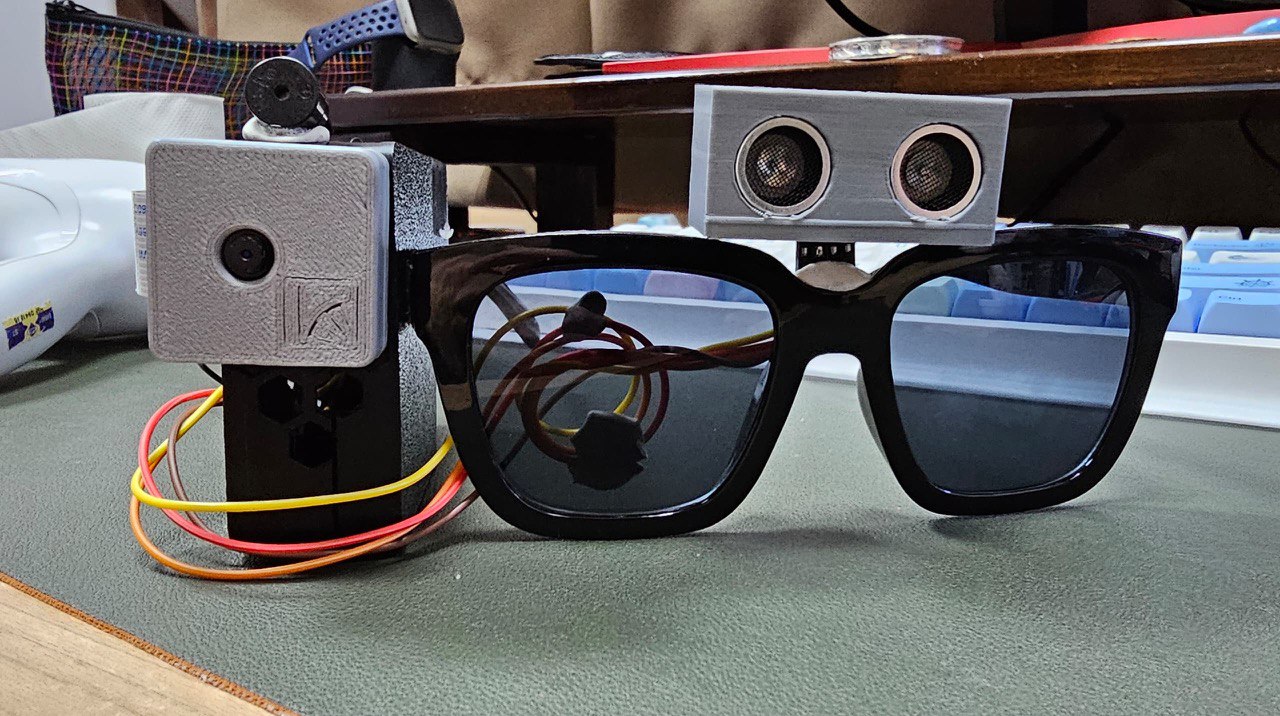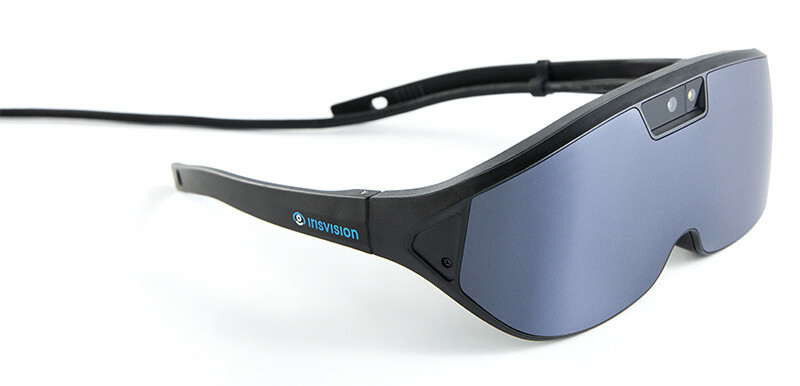Mobility Aids for Visually Impaired Users: Enhancing Independence and Navigation
Mobility Aids for Visually Impaired Users: Enhancing Independence and Navigation
Blog Article
Discover Advanced Assistive Devices for People With Visual Problems
The landscape of assistive technology for people with aesthetic problems is advancing rapidly, presenting an array of innovative tools that improve autonomy and interaction. From smart glasses that perfectly merge aesthetic input with auditory guidance to advanced navigation applications that redefine spatial recognition, these devices are improving possibilities.
Smart Glasses Innovations
Smart glasses stand for a substantial advancement in assistive innovation for individuals with aesthetic disabilities. These innovative devices incorporate numerous functions developed to boost the customer's interaction with their setting. Geared up with sensing units and electronic cameras, smart glasses can record real-time aesthetic info, which is then processed and conveyed to the individual via sound comments or haptic feelings. This performance enables individuals to receive instant descriptions of their surroundings, enhancing their capability to engage and browse with the globe.
Additionally, advancements in fabricated intelligence have even more improved the abilities of wise glasses. Artificial intelligence formulas can recognize faces, reviewed text, and recognize things, making them vital devices for daily jobs. Individuals can receive acoustic hints that provide context concerning their atmosphere, cultivating self-reliance and confidence.
Furthermore, the ergonomic style and light-weight nature of several wise glasses make them suitable for extended use, making sure comfort while boosting capability. As these gadgets proceed to progress, they hold the possible to reinvent the means individuals with aesthetic impairments experience their everyday lives, bridging the space between ease of access and innovation. The continuous r & d in this area pledge to expand the possibilities for smart glasses, making them a vital part of modern-day assistive gadgets.
Navigation Apps and Devices
Many navigating apps and devices have become important sources for individuals with aesthetic problems, considerably improving their capacity to go across unfamiliar atmospheres. These modern technologies take advantage of general practitioner performance, audio cues, and real-time data to provide customers with accurate navigation support.
One popular example is the Aira app, which links customers to skilled representatives who can supply aesthetic summaries of environments and navigation guidance with an online video feed. This solution improves the individual's spatial awareness and self-confidence while browsing. Another remarkable tool is Seeing Eye GPS, which uses voice-guided navigating and factors of interest, allowing customers to gain access to vital details concerning their environments.

As innovation remains to breakthrough, the growth of more innovative navigation tools promises to additional equip individuals with aesthetic disabilities, facilitating smooth flexibility and assimilation into varied environments. Such innovations contribute in promoting an extra inclusive culture.
Braille Technology Developments
Over the last few years, innovations in Braille technology have actually substantially changed exactly how people with aesthetic problems accessibility info and engage optometrist register with the globe around them. The advancement of mobile Braille displays has transformed analysis by enabling individuals to connect wirelessly to computer systems, mobile phones, and tablet computers. These gadgets convert text into Braille in real-time, enabling seamless communication with digital material.
In addition, cutting-edge Braille printers have actually arised, boosting the manufacturing of tactile materials. Modern embossers are quicker and a lot more reliable, allowing for the fast production of Braille records and educational materials. This efficiency lowers the moment and price connected with producing Braille resources, making them extra accessible to organizations and schools.
Furthermore, the assimilation of Braille with various review other innovations, such as expert system and device learning, has opened up new avenues for tailored knowing experiences. Voice recognition and synthesis innovations can complement Braille, giving a comprehensive technique to information dissemination.
As the need for comprehensive education and work environment atmospheres grows, these technical advancements play a critical role in encouraging individuals with visual disabilities, ensuring they have equal access to info and possibilities in different elements of life.
Wearable Tools for Self-reliance
An expanding variety of wearable devices is boosting freedom for individuals with aesthetic problems, providing innovative options that improve navigating and daily living. Braille displays and notetakers. These gadgets utilize advanced modern technologies to supply real-time feedback and support, advertising freedom in various settings

Wearable modern technology additionally includes smartwatches that can be programmed with accessibility functions, allowing individuals to obtain alerts, track their places, and even ask for aid with the touch of a switch. Some devices include artificial intelligence to evaluate the setting, offering audio descriptions of nearby things or individuals.
Voice-Activated Assistive Solutions
Leveraging voice-activated assistive services has transformed the landscape of support for people with visual impairments, giving hands-free communication and access to a variety of jobs. These modern technologies make use of all-natural language handling and fabricated intelligence to enable individuals to perform everyday tasks via basic voice commands.

Furthermore, current developments in voice acknowledgment precision have actually boosted the user experience significantly, accommodating diverse accents and speech patterns. This inclusivity guarantees that more individuals can take advantage of these technologies, cultivating a greater feeling of autonomy.
Verdict
Finally, the growth of advanced assistive gadgets substantially enhances the freedom and lifestyle for people with aesthetic disabilities. Developments such as smart glasses, navigation apps, Braille innovation, wearable devices, and voice-activated solutions jointly cultivate a more inclusive environment. These modern technologies equip individuals to browse their surroundings with self-confidence and involve more totally with the world, ultimately advertising better availability and equal possibilities for people dealing with visual challenges.
The landscape of assistive technology for individuals with aesthetic problems is evolving rapidly, presenting an array of cutting-edge gadgets that enhance autonomy and involvement.Smart glasses stand for a substantial innovation in assistive technology for individuals with visual problems. As these tools continue to advance, they hold the possible to reinvent the means people with aesthetic disabilities experience their day-to-day lives, connecting the gap in between access and modern technology.In current years, innovations in Braille innovation have actually substantially transformed exactly how individuals with aesthetic problems accessibility details and engage with the globe around them. These modern technologies encourage customers to navigate their environments with self-confidence and involve more fully with the globe, ultimately promoting greater availability and equivalent opportunities for individuals encountering visual obstacles.
Report this page